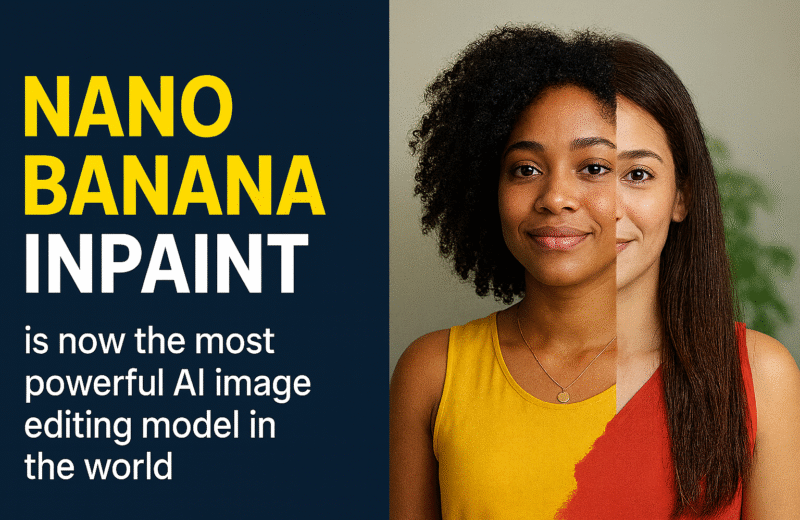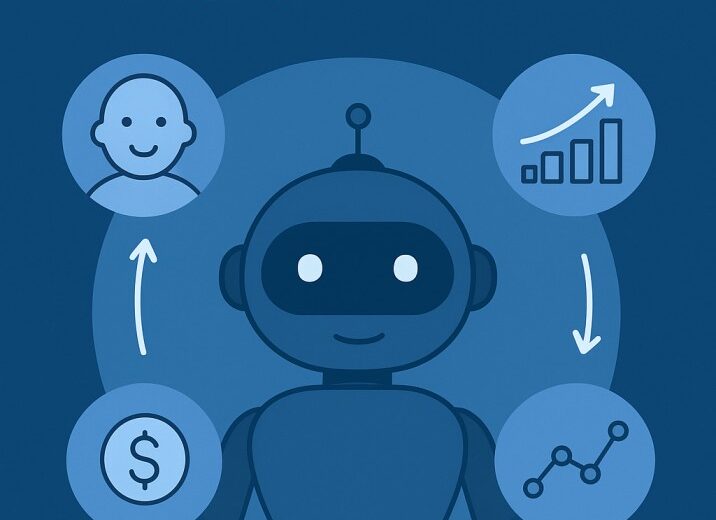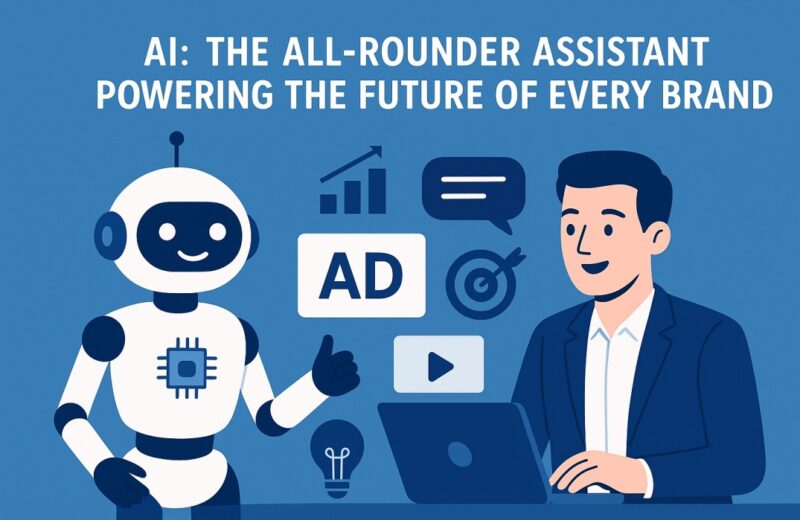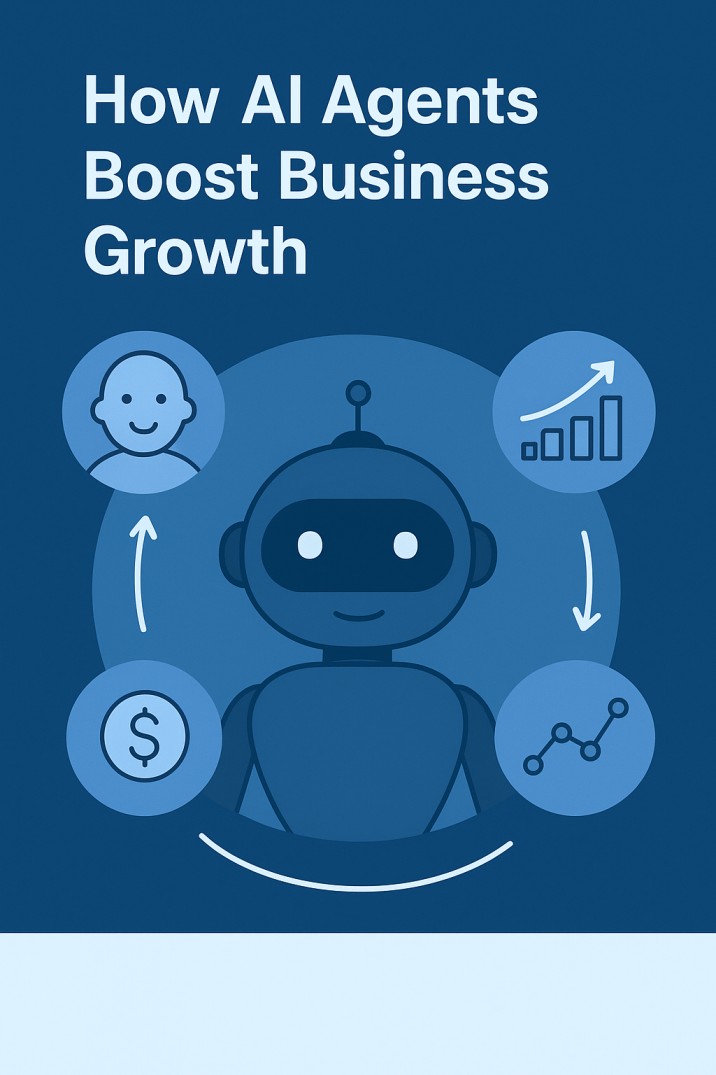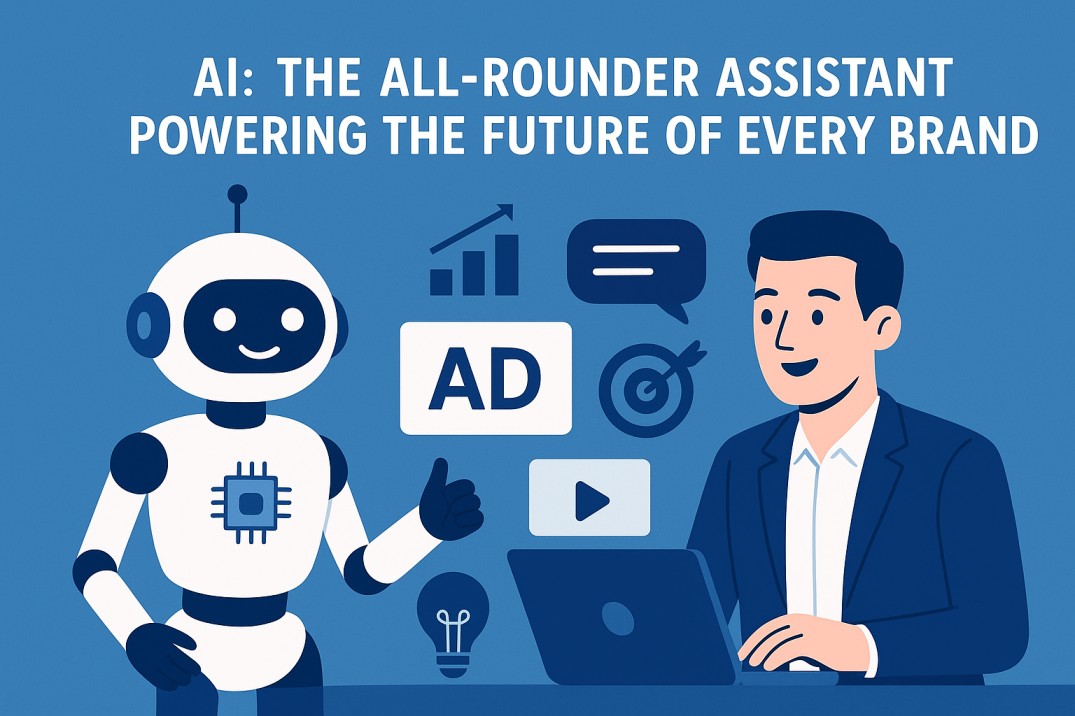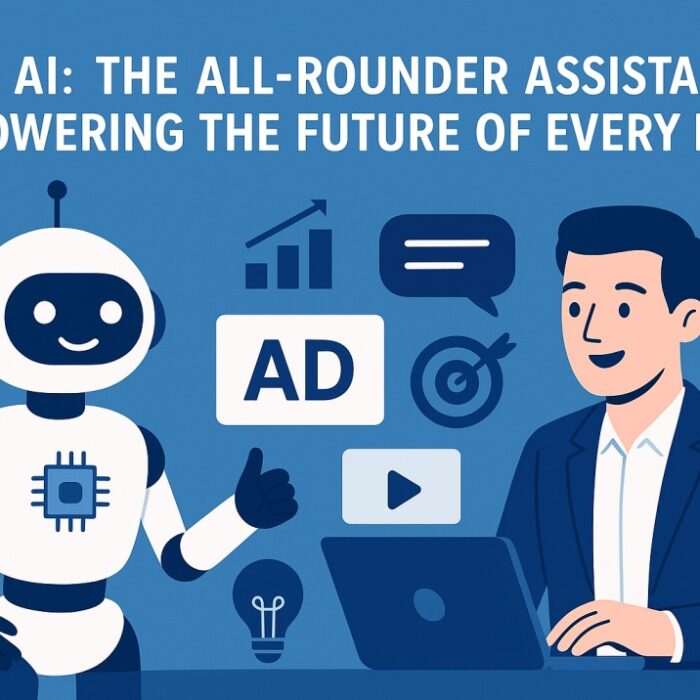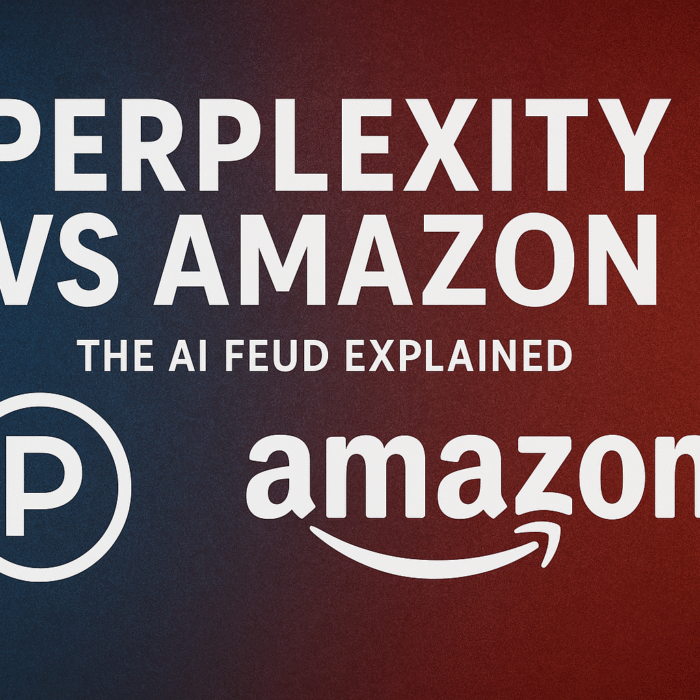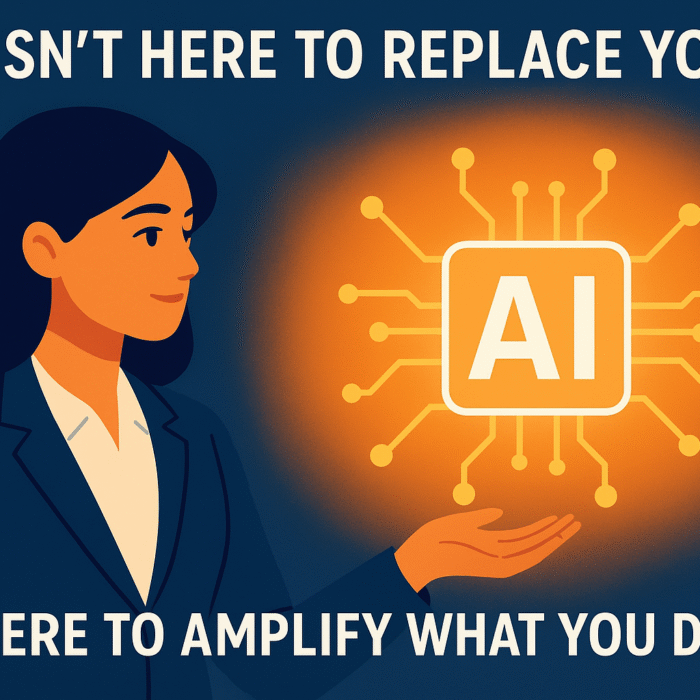Artificial Intelligence in finance is not just influencing the future of finance; it is actively reshaping it. Across the global financial landscape, institutions are rapidly integrating AI-driven solutions to enhance decision-making, reduce operational risks, and create more personalized customer experiences.
From automated trading platforms to real-time fraud detection systems, AI technologies are redefining how financial organizations operate in a digital-first world. The result is a smarter, faster, and more resilient financial ecosystem, one that merges data, intelligence, and innovation seamlessly.
As we step into an era where technology and finance converge more deeply than ever before, AI in finance has become the cornerstone of digital transformation. Let’s explore how AI is driving this transformation and powering the next wave of financial intelligence.
1. The Evolution of Artificial Intelligence in Finance
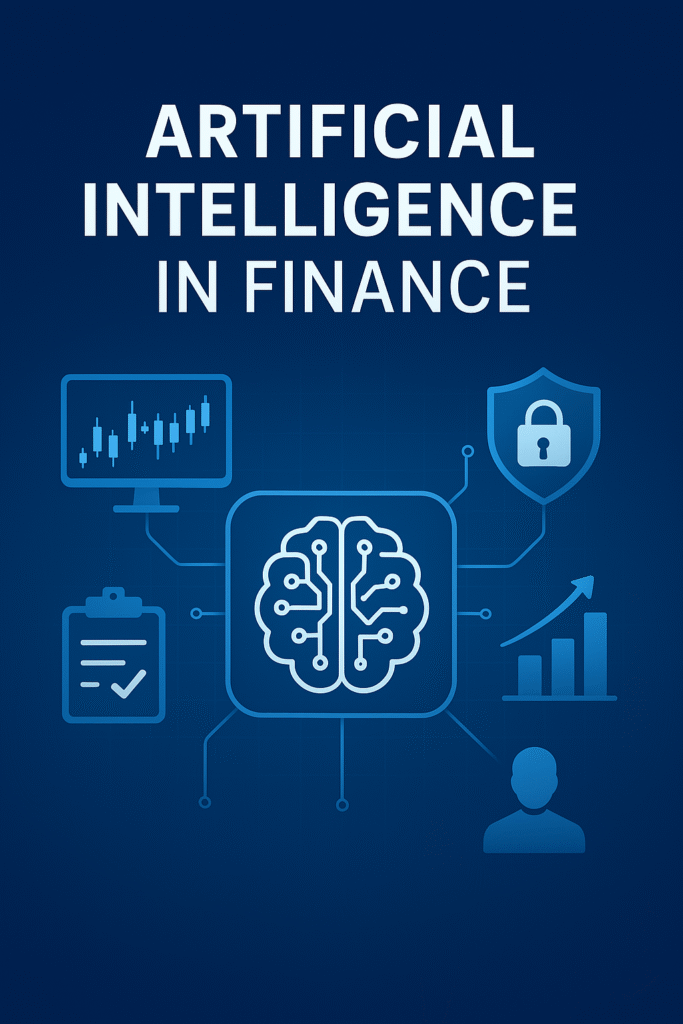
Traditionally, financial institutions relied heavily on manual processes and human judgment to manage transactions, assess risk, and forecast market movements. While this approach worked for decades, it came with inherent limitations — human error, time delays, and inefficiencies in handling large datasets.
Enter Artificial Intelligence.
The ability of AI to analyze vast amounts of data, learn patterns, and make predictive decisions has revolutionized the financial sector.
Today, AI systems can process millions of transactions in seconds, identify unusual activities, and even recommend portfolio adjustments based on real-time market conditions. The rise of machine learning (ML), natural language processing (NLP), and generative AI has unlocked new levels of efficiency and accuracy across every segment of finance.
2. Automated Trading: When Speed Meets Strategy
One of the most visible applications of AI in finance is automated trading, also known as algorithmic trading.
Financial markets operate in milliseconds — and even the smallest delay can mean the difference between profit and loss. AI-powered trading algorithms can analyze market data, predict price movements, and execute trades automatically without human intervention.
These systems use historical data and real-time analytics to identify profitable patterns. Through reinforcement learning, they continuously adapt to market behavior, improving their performance over time.
Major investment firms and hedge funds use AI-driven systems to execute trades at optimal moments, balancing speed, precision, and risk management.
But it’s not just large institutions, AI democratizes access to intelligent trading for smaller investors too. Platforms powered by AI offer real-time insights and personalized investment strategies, leveling the playing field in modern finance.
3. Risk Management Reinvented
Financial risk management has always been a balancing act between potential returns and possible losses. Traditionally, risk models were based on static historical data, often failing to capture rapid market shifts.
AI brings a dynamic, data-driven approach to risk assessment. Machine learning models can continuously learn from new data points, improving their ability to forecast potential risks.
For example, AI can:
- Detect correlations across multiple asset classes.
- Predict credit defaults with greater accuracy.
- Analyze customer behavior to identify lending risks.
- Assess market volatility in real-time.
By identifying risks faster and more accurately than ever before, AI enables financial institutions to make informed, proactive decisions. This doesn’t just mitigate losses — it strengthens overall financial stability.
4. Fraud Detection and Cybersecurity: The AI Shield
In the digital era, cybersecurity threats and fraud have grown exponentially. Traditional rule-based systems struggle to keep up with the evolving tactics of cybercriminals.
AI has emerged as a powerful shield against these threats. Using pattern recognition and anomaly detection, AI systems can monitor transactions in real-time and flag suspicious activities before they escalate.
For instance, AI-powered fraud detection models can analyze millions of transactions, identify irregularities, and alert authorities within seconds. Machine learning enables these systems to evolve with new attack methods, providing a continuously adaptive security layer.
Financial institutions also deploy AI-driven biometric verification, such as facial recognition and voice authentication, to enhance identity verification. This not only boosts security but also simplifies customer interactions.
By combining predictive analytics and automation, AI helps organizations build digital trust — a vital currency in today’s finance world.
5. Personalized Customer Experience: Artificial Intelligence in Finance
Modern banking and finance are no longer just about transactions; they are about relationships and personalization. Customers expect services that understand their unique goals and financial behaviors.
AI enables hyper-personalization in financial services. From AI chatbots that provide instant support to virtual financial advisors that guide users through investments, AI systems make finance more human, not less.
For example:
- AI analyzes spending habits to offer tailored savings plans.
- Predictive models suggest investment opportunities based on risk profiles.
- NLP-driven chatbots answer complex customer queries in natural language.
This level of personalization creates deeper customer engagement and trust. The ability of AI to combine data and empathy gives financial institutions a new competitive advantage — a customer-first digital experience that scales effortlessly.
6. AI in Regulatory Compliance
The finance industry is one of the most regulated sectors globally, with ever-evolving compliance requirements. Keeping up with these regulations can be complex and costly.
AI offers a smarter solution through RegTech — regulatory technology that automates compliance monitoring.
AI tools can:
- Scan and interpret regulatory updates automatically.
- Identify non-compliant transactions in real-time.
- Generate reports for audits with high accuracy.
By integrating AI into compliance workflows, financial institutions can reduce human error, avoid penalties, and maintain transparency across all operations.
This not only streamlines processes but also enhances accountability, making financial systems more trustworthy and efficient.
7. The Role of Generative AI in Financial Forecasting
Generative AI, the newest evolution in artificial intelligence, goes beyond analysis — it creates new insights.
In finance, Generative AI models can simulate multiple market scenarios, generate risk forecasts, and even produce synthetic financial data for testing new strategies without exposing sensitive information.
These systems use natural language to summarize financial reports, predict market sentiment, and assist analysts in developing data-backed investment decisions.
By combining deep learning with creative modeling, generative AI is helping financial analysts move from reactive analysis to proactive financial intelligence.
8. The Rise of Smart Finance Ecosystems
The integration of AI in finance is giving rise to smart finance ecosystems — interconnected systems where humans, AI agents, and digital platforms collaborate to deliver seamless financial services.
These ecosystems blend automation, analytics, and adaptive intelligence to create holistic financial experiences. For example:
- AI agents interact with data systems to manage workflows.
- Predictive analytics optimize lending and investment portfolios.
- Automation handles repetitive back-office tasks, freeing human teams for strategic thinking.
Smart finance represents a future where AI doesn’t replace humans, but rather empowers them to make smarter, faster, and more strategic decisions.
9. Challenges and Ethical Considerations
Despite its immense benefits, the use of AI in finance comes with challenges that must be addressed responsibly.
Some key concerns include:
- Data privacy: AI systems rely on vast datasets that may contain sensitive personal or financial information.
- Bias in algorithms: Poorly trained models can perpetuate inequality or discrimination in lending and risk assessment.
- Transparency: AI’s decision-making processes can sometimes be opaque, making regulatory oversight more complex.
To ensure responsible innovation, financial organizations must invest in ethical AI frameworks, transparent algorithms, and continuous model auditing.
AI should not just make systems smarter — it must make them fairer and more accountable.
10. The Future: Where Innovation Meets Intelligence
The financial industry stands on the edge of a massive transformation. As AI technologies evolve, they are redefining what it means to manage money, assess risks, and serve customers.
In the coming years, we can expect to see:
- Agentic AI systems that autonomously manage entire financial processes.
- Predictive ecosystems that anticipate market shifts before they happen.
- Personalized financial worlds, where every customer interaction is data-driven and adaptive.
This fusion of innovation and intelligence will create an era of smart finance — one where human creativity and machine precision coexist to deliver trust, transparency, and growth.
Building the Future of Finance with AI
Artificial Intelligence in finance is more than a technological trend, it’s a paradigm shift.
By transforming how decisions are made, risks are managed, and customer experiences are designed, AI is building a financial system that is smarter, faster, and more human-centered than ever before.
From automated trading to fraud detection and beyond, AI’s influence on finance is only growing — and the organizations that embrace it today will lead tomorrow’s digital economy.
At BigAIAgent, we’re driving this transformation forward — empowering businesses with intelligent AI-driven solutions that automate, optimize, and accelerate digital finance.
The future of finance isn’t coming, it’s already here.






